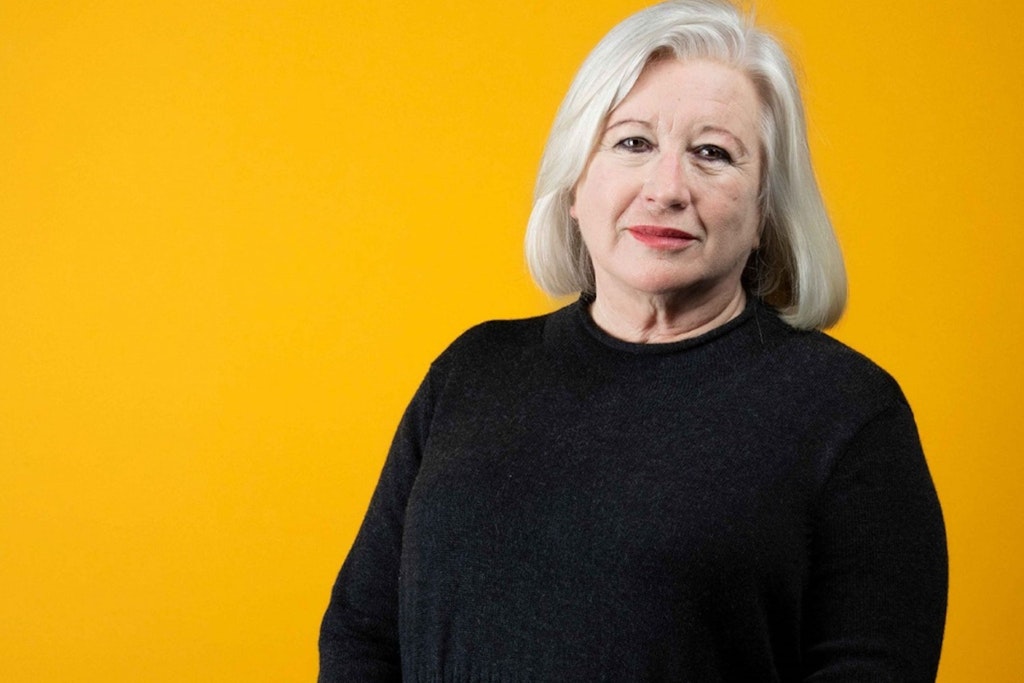The risk facing Australia’s ‘cardiac outback’
![<p>Australian wildlife found in rural and regional areas is globally renowned for its vicious and deadly nature, but is it the only thing the nation’s outback needs to worry about? [Source: Shutterstock]</p>](https://agedcareguide-assets.imgix.net/news/articles/wp/cardiacoutback.jpg?fm=pjpg&format=auto&w=550&q=65)
Australian wildlife found in rural and regional areas is globally renowned for its vicious and deadly nature, but is it the only thing the nation’s outback needs to worry about? [Source: Shutterstock]
Key points:
- Australians living in rural and remote areas have up to 90 percent higher rates of cardiovascular disease [CVD] related hospitalisation
- People in the Australian outback faced a 60 percent higher rate of CVD death than those in metropolitan areas
- Annually, one Australian will experience a fatal cardiovascular event every 12 minutes, based on global estimates
In the heart of Australia, those who have lived in rural and regional areas must drive long distances to manage and recover from heart disease. The difficulty of arranging specialist care, outpatient departments or a simple doctor’s appointment can be a long trek that leaves many at risk.
Government statistics show that over a quarter of people living in Australia over the age of 75 had heart, stroke and vascular disease. Flinders University researchers sought to address the healthcare infrastructure and systemic planning for regional Australians, for ease of access to cardiovascular support services.
Researchers have assembled a multitude of resources online to better treat patients of cardiovascular diseases in rural and remote areas of South Australia and the Northern Territory.
The ‘Country Health Attack Prevention program,’ or ‘CHAP Project,’ is tailor-made for country people’s recovery and secondary prevention support. The CHAP Project aimed to streamline the process for recovery, which all starts with a referral from your cardiologist, GP or a clinic nurse to log in.
Professor Robyn Clark, CHAP Project program leader, said education about the risk, management and reduction — along with exercise, diet, medications and other practical information — is inaccessible for survivors of acute coronary syndrome, stable angina, coronary artery bypass surgery, heart failure and percutaneous coronary interventions.
“This program aims to offer flexible, interactive, web-based information for patients to keep up their rehabilitation,” Professor Clark said.

Project researcher Katie Nesbitt said the CHAP Project team worked extensively with country patients to develop the web-based program, to improve the support options available for people who are vulnerable. [Source: Supplied]
The researcher explained the success of the progressive Project roll-out, with the latest version going online in July, 2023. She attributed the success of the launch to the collaborative work with Integrated Clinical Cardiovascular Network via their Country Access to Cardiac Health program, which provides telephone or face-to-face programs for eligible patients.
“Importantly, this program will now have a self-enrolment function from hospital discharge, providing patients with a remote stand-alone or bridging program until they start a face-to-face or telephone service,” Ms Nesbitt said.
“This means patients can access their cardiac rehabilitation education early and autonomously and country patients can do web or telephone or combination, with those eligible for face-to-face needing to live within 50km of that service.”
The announcement from Flinders University coincided with news of a cardiovascular breakthrough from the Centenary Institute in New South Wales. Dr Daniel Hesselton, Head of the Directed Evolution Laboratory at the Centenary Institute, had been awarded a Cardiovascular Collaborative Grant worth $994,000 for research conducted by the Institute.
Dr Hesselton sought to ‘evolve’ a protein which can stimulate, renew and hopefully offset cardiovascular disease from progressing, through the use of specific proteins found in zebrafish.























